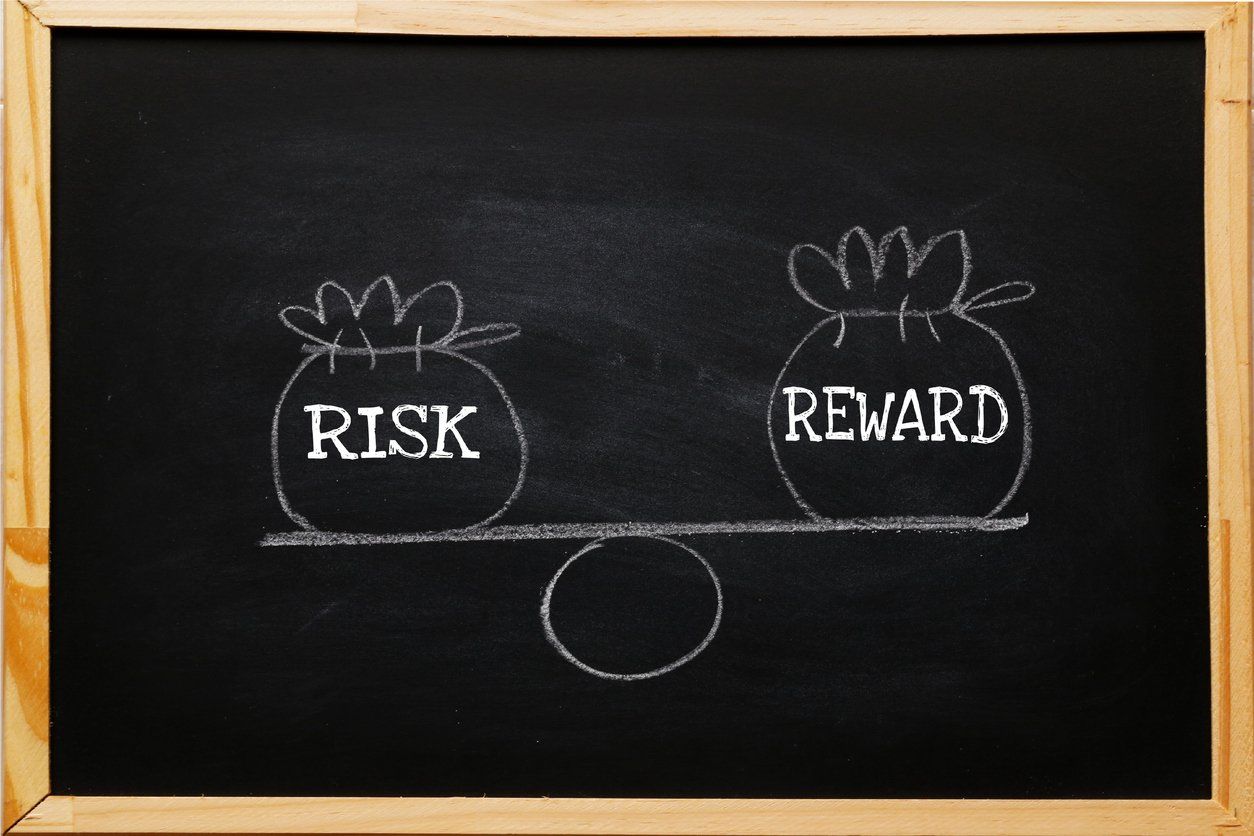Five Easy Steps to a Solid Investment Plan
Have you ever attended a wedding reception and your first thought was WOW? You were so impressed by the décor, the flowers and the food presentation. That “wow” took some planning to pull off.
One of my guiding principles that I shared in an earlier blog was developed from my childhood. I benefited greatly from my parents’ meticulous planning for our future and in escaping our poverty.
Clearly, having a plan is very important in achieving the results you are looking for. Investments and retirement require the same energy and effort.
Do you have an investment plan? Did you do it yourself? Are you feeling confident in your strategies? When was the last time you looked at it? Take a minute and think about these questions. If you are feeling a bit unsure, let me show you how I put together an Investment Plan for my clients. I want to guide you through developing a solid investment plan by utilizing my five-step approach. Today, we will explore Steps 1 and 2.
Five Steps to a Solid Investment Plan
Too often I see people buying a random collection of funds and stocks without any particular framework or an investment strategy. They have goals, but there’s often a mismatch among those objectives, their financial resources, and their risk tolerance. In other words, they don’t have a viable investment plan.
In order to reach your required rate of return to achieve retirement or other financial goals, you must work on financial planning, and to do this well, you must understand the five basic steps required, regardless of whether you are working alone or with a financial advisor.
Step 1 - Goal Setting and Preparing an Investment Plan
The first step toward creating a solid financial plan involves setting goals. At my company, Echo Wealth Management, we like to learn about clients’ dreams and goals in addition to gathering their financial data in order to implement a customized financial plan for them. We also assess clients’ risk tolerance, time frame until they need to start withdrawing, and how much they need from their portfolio. A good financial advisor will never skip the planning phase, so make sure your financial advisor covers all these bases.
Once we have dreams and data in place, it’s time to use a planning tool, like the Echo Dashboard, to run different scenarios to explore outcomes based on changes in risk tolerance, revised expenses, or changes in return on investment (ROI) expectations. Exploring scenarios and determining the outcome of different strategies and decisions is the best way to begin to build a solid and achievable financial plan.
Step 2 - How to Think about Risk
Every investment has risks. The usual pattern is that when the stock market goes up, the bond market goes down (usually due to the Federal Reserve Bank increasing interest rates), but market cycles can be very strange indeed. In 2018, both the stock and bond markets lost money. This is precisely why everyone needs a solid education in investment planning, whether working alone or with an advisor, in order to determine risk tolerance and, on that basis, the right asset allocation to maximize after-tax risk-adjusted return.
Risk tolerance is a critical ingredient in any investment plan, but contrary to widely held beliefs, risk doesn’t mean risking the loss of all your money. It refers to volatility or a temporary value change in your portfolio. Therefore, the question to ask when preparing your investment plan is not can you tolerate the loss of your investment, but rather, how much of a swing in value can you tolerate?
Fortunately, there are tools on the market to help you identify your tolerance level by assigning you a number that can then be used by your advisor to design the right asset allocation for you.
RISK NUMBER
Picking investments that are riskier than you can tolerate can lead to some ugly outcomes. Often in market downturns, people see a 50 percent drop in their portfolio, and they panic and start to sell, which I mentioned in in my recent discussion on behavioral biases, is precisely the wrong time to sell. On the flip side, choosing investments that are not risky enough—that is, that do not have the high potential for growth—can be a roadblock to reaching your financial goals.
Discovering your risk tolerance doesn’t have to be a trial and error process. There are tools available to help you. Some offer you a detailed questionnaire from which it calculates a risk number that reflects your willingness to take risk. Generalizing a client’s risk tolerance doesn’t work in my opinion. Risk is personal, and it needs to be viewed through a client’s own unique lens to gauge risk and return trade-offs. Therefore, I look at how much risk clients can handle over the short term to hit their long-term objectives.
VOLATILITY
Many investors fear volatility in the market because they worry a market downturn would erase their hard-earned savings, but there is no need to fear volatility. Yes, it presents risk in the short term, but it also creates opportunities for investors with a long-term horizon to get into the market at attractive price levels. Therefore, don’t fear volatility; a good advisor will help you embrace it and use it to your advantage.
TIME FRAME AND WITHDRAWAL
Once you’ve taken the first step to identify your risk number, the next step is to identify your time frame to withdrawal in order to adjust your investment plan in a way that will allow you to achieve your long-term goals. Long-term investors are in a position to allocate a larger portion of their portfolio in higher-risk investments, such as stocks, because a longer time horizon (over ten years) allows you to have the capacity to weather a few down days or even a bear market.
In short, there are three points to remember when devising your investment plan:
1. Different types of investments have different levels of risk.
2. The longer you keep your money invested, the better your chances of overcoming a declining market.
3. Your investment gains can grow exponentially over time as your earnings are compounded.
Today, we began to explore the five steps to a solid investment plan. In Step 1 we looked at goal setting and preparation, and in Step 2 we learned about risk tolerance, volatility, and identifying your time frame in relation to your withdrawal needs.
In my next blog, we will review Step 3 in creating a solid investment plan: your Portfolio Construction.
Do you consider yourself a risk taker? Can you share an example of a risk you took and what the outcome was? I look forward to reading your stories below.













